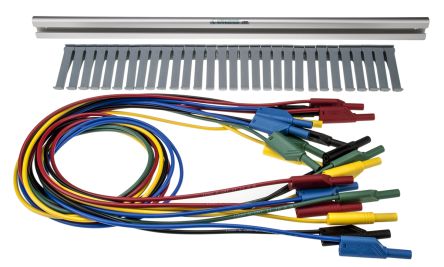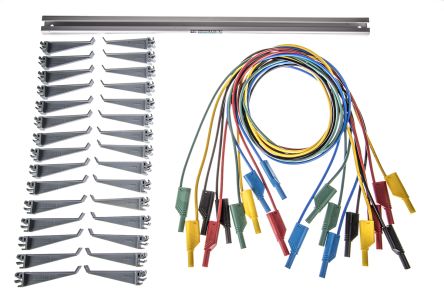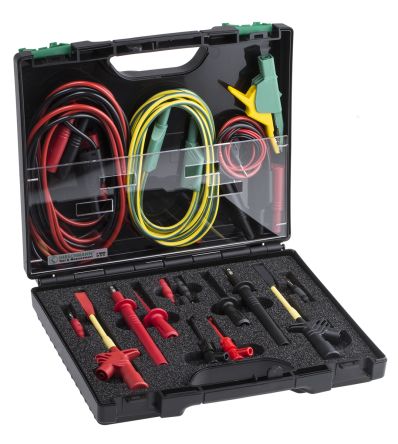
Brand
- Mascot 11.742
- Sandvik Coromant 9.653
- Blaklader 8.626
- VELUX 7.593
- ECCO 7.176
- Wonders 5.162
- Ergomat 5.022
- Routledge 4.342
- Festo 3.901
- Moon Magic 3.504
- BOSS 3.440
- Gemini Interiors 3.385
- KENZO KIDS 3.358
- SMC 3.306
- Nike 3.054
- Velux 2.909
- Air Jordan 2.598
- Neo 2.597
- Style and Chic 2.434
- M&S Collection 2.258
- Life Essentials 2.212
- Sid & Sam 2.170
- Merkel Designers 2.162
- The Home Maker 2.107
- Dune London 2.034
- All Things Good 2.016
- Portwest 1.995
- Slingsby 1.980
- Jones Bootmaker 1.979
- Autograph 1.977
- Millennium Furniture 1.931
- Merlin Deals 1.836
- Direct Imports 1.832
- Tyrell & Tyrell 1.823
- Nobody's Child 1.809
- adidas 1.802
- HOBBS 1.799
- Brittle & Co 1.725
- Charlotte Dunes 1.685
- Discount Dealers 1.682
- Casper Homes 1.679
- CRC Press 1.559
- Savings Store 1.550
- JBO 1.532
- Ray-Ban 1.482
- Decor Base 1.470
- Unbeatable Bargains 1.469
- Moderix 1.400
- Magee 1866 1.381
- Outsunny 1.364
- Sia Abrasives 1.341
- FootJoy 1.335
- R and M Furniture 1.316
- Seasalt Cornwall 1.310
- KARL LAGERFELD KIDS 1.290
- Phase Eight 1.248
- BIL 1.185
- Maroxe 1.171
- HOMCOM 1.141
- Sealey 1.133
- Watco 1.110
- Design Hut 1.109
- MARC JACOBS 1.062
- Charles Tyrwhitt 1.051
- Lyle & Scott 955
- Dormer 953
- Kennametal 953
- Pferd 951
- Michael Kors 934
- Callaway 925
- Ted Baker 921
- Whistles 913
- JAEGER 908
- Adidas 891
- Carrera 883
- RO&ZO 879
- Salomon 861
- Zadig & Voltaire 846
- INA 801
- Oakley 791
- GANT 783
- Mizuno 781
- Genware 769
- Ghost 754
- Tommy Hilfiger 747
- Schneider Electric 735
- Puma 732
- Dunlop 696
- LANVIN 694
- Siemens 694
- FAG 688
- Ping 669
- Galvin and Galloway 668
- Chinti & Parker 667
- New Balance 667
- Cobra 659
- Holsper 648
- Asics 643
- POLICE 643
- Helly Hansen 637
Colour
- Black 25.681
- black 12.897
- White 11.461
- Blue 8.754
- Brown 7.131
- Grey 5.390
- Navy 5.043
- Green 4.471
- Pink 3.895
- Red 3.324
Size
Gender
Merchant
- Zoro UK 105.972
- Home Done 43.072
- Marks & Spencer UK 36.062
- Kids around 13.867
- Alensa.co.uk 11.353
- LuisaViaRoma.com 10.540
- Kick Game 9.998
- Glisshop uk 7.764
- gb.ecco.com 7.683
- VELUX UK 7.593
- Your Stylish Home 7.035
- RS Components UK 6.626
- Routledge 6.605
- AndLight.co.uk 5.497
- Zoro UK Limited 5.274
- Wonders - Official Site 5.162
- Golf Gear Direct 4.102
- Click Golf 3.976
- Belveto 3.874
- Lime Lace 3.756
- Moon Magic 3.504
- Luisaviaroma Css 2.871
- Maroxe 2.540
- Wrong Weather 2.312
- Suit Direct 2.180
- Acorn Fire & Security 2.146
- QD Stores 2.070
- Workwear Supermarket 1.939
- Nobody's Child - Cabiro 1.400
- Magee 1866 1.381
- Argento 1.085
- Bathshack.com 969
- Lyle & Scott 955
- Craigmore UK 896
- Police Lifestyle 842
- Grace & Co Jewellery 827
- My-Deco-Shop 780
- AWD IT 760
- Building Plastics Online 757
- Cherry Lane 722
- Essential Photo 689
- Epoka AS 657
- Holsper 654
- Fragrance Rich 585
- Tosoni Selleria 566
- Donaghy Bros UK CSS 521
- Slam City Skates 516
- Mobility Smart 509
- K4G.COM 494
- PVC Cladding 489























